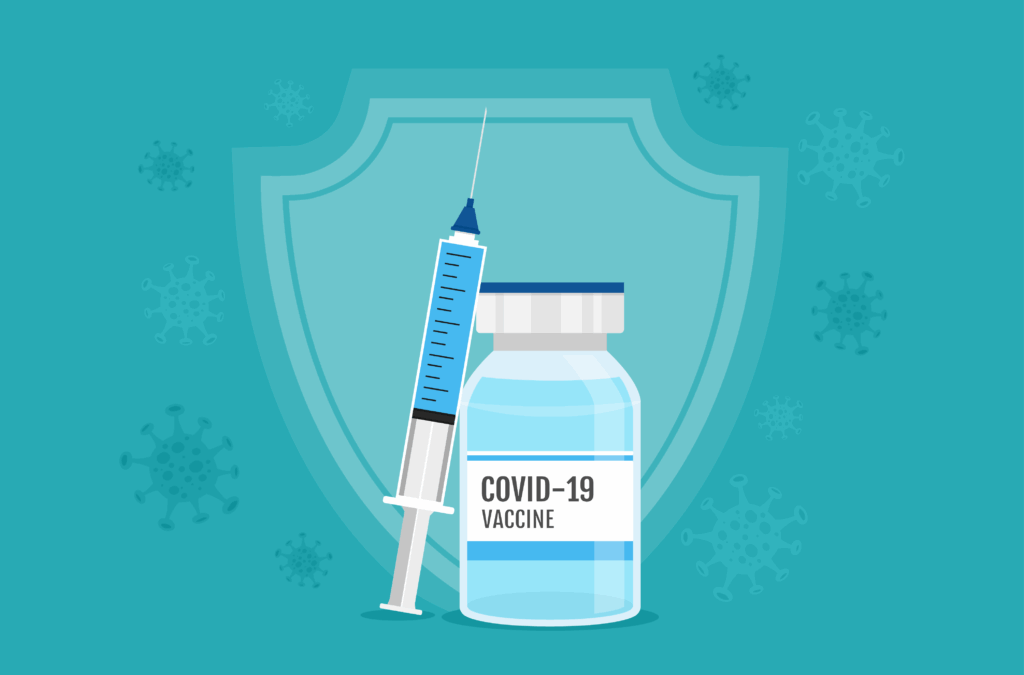
Health Premium Surcharges: Effective Stick or Miniscule Mover?

The trio discusses health insurance premium surcharges now being implemented by some employers hoping to reduce costs and increase COVID-19 vaccination rates among their workforces. WTW has studied the surcharges and their efficacy. Milliman produced a report seeking to determine if the fees would cover the extra costs incurred by unvaccinated employees.
Moss: The impact of COVID-19 is going to be different on every company. If you look at one where its typical employee population is older, the risk would be higher, so the surcharge would need to be larger. But if you are working at Microsoft, where the workforce tends to be younger, it might be less.
We estimated costs based on data from two different places, the CDC [Centers for Disease Control] and the New York Department of Health. We looked at people who were vaccinated and unvaccinated. Scenario A had a 0.09% chance of getting COVID over a month’s time if people were vaccinated. If they weren’t vaccinated, there was a 0.39% chance of getting it. That’s a small percentage difference, but one is four times the other.
Then, if these populations get COVID, we figured their chances of being hospitalized. There was roughly a 4% higher chance of having a hospital stay if they weren’t vaccinated. Then we looked at whether someone might end up in the ICU [intensive care unit] and go on a ventilator, and those were both different as well. The estimated differences were $8.85 for vaccinated to $46.29 for unvaccinated costs per member per month.
Moss: We didn’t include the long haulers because the people incurring these costs won’t be a hospital-based thing. Long haulers tend to have more in common with conditions like chronic fatigue or fibromyalgia. They tend to feel fatigued and generally not well, which would have more impact on things like productivity and absenteeism. There are many other costs that could go along with long haulers, like doctors visits, but we were focused on acute costs.
Van Den Bos: We didn’t talk about costs associated with less severe disease, and we didn’t focus on things like potential side effects from the vaccine, because, from what we’ve been told, the chance of serious side effects was very small. We have a doctor that comes in every few months, and we can ask about things like that. We were told short-term side effects from the vaccine are mostly a sore arm or a bit of a cold.
Van Den Bos: Businesses have to keep up to date on things. If someone has a population of people and they wanted to send us claims information and demographic information, we could work with them to customize their response to COVID. For instance, we were in delta when we did this research; omicron wasn’t here yet.
If people are vaccinated, which provides protection against severe disease, that may extend to omicron. There also may be more cases out there, but people who are vaccinated are less likely to get a severe case.
Moss: In the big picture, you can’t always anticipate what the next COVID event is going to be or the next thing that will impact employers. But what they can take away from this is to focus on preventive care. If they can provide services that can help prevent sickness and keep people healthy and well in general, they can reduce lots of their costs. And hopefully those other events that may come up—like hospitalization or other treatments—those costs will also be reduced by keeping up with good preventive care.
Moss: From a productivity standpoint, it is in an employer’s best interest to keep their workforce healthy, but because of the way our country has health insurance set up—mainly through employers—that’s another reason why it’s important for businesses to care about this. It’s like when we talk about social determinants of health, businesses have an incentive to make sure they are thinking about the whole health and wellness of employees.
Van Den Bos: We didn’t look at many of the other options employers are doing to reduce COVID transmission, including things like encouraging mask wearing, going in one door and coming out another, making hand sanitizer available, and other kinds of COVID hygiene that might reduce the likelihood of passing it along at work. The CDC has guidance for employers that can be helpful in this space.
Levin-Scherz: The community at large needs multiple different measures to decrease community transmission, and vaccines are foundational to that. But high-quality, well-fitted masks can reduce transmission. Employers are already largely requiring masks indoors, and they could consider providing higher-quality masks to their workforce.
Lots of employers have used this as an opportunity to rethink ventilation, and they can decrease the risk of lots of respiratory viruses in general by improving ventilation. Employers can make their workplaces safer by having lower density. They can consider delaying the return of employees for a little longer. There are a series of things they can do to make the workplace safe. That’s not to say they shouldn’t continue to promote vaccinations, too, though. They could be making them easy to get—offering paid time off, flexible schedules allowing employees to get them, or on-site vaccinations.
Levin-Scherz: We have a couple of pieces published on this. What we have found is that financial incentives can get people’s attention and they are sometimes effective at getting people to do simple, straightforward, one-time behaviors. In general, behavioral economists have been disappointed when it comes to using financial incentives to get people to receive COVID vaccinations.
Money might play some role in change, and incentives do get people’s attention, but with omicron, you need to have a very, very high rate of vaccinations to protect a community. And financial incentives themselves are not going to get us there. Studies suggest that vaccine surcharges are unlikely to get enough attention to help employers get to vaccination rates of 90% to 95%, which is probably what’s necessary with omicron’s contagiousness. A lot of employers won’t do a mandate, but they may do a surcharge, which will continue to have results that are substantially too low to completely stop the spread.
[After implementing its surcharge, Delta Air Lines vaccination rates moved from 74% to 78%. About one fifth of the remaining unvaccinated workers were also starting the vaccination process according to a press release by the company.]
Tracking COVID-19 Infection Rates, Hospitalization Costs
- COVID-19 vaccination rates, illness and subsequent hospitalizations were measured in Los Angeles County between May and July 2021. Approximately 25% of infections occurred in people who were fully vaccinated; 71% were in unvaccinated people. In late July, hospitalization rates were about 29 times higher among unvaccinated than vaccinated residents.
- Hospitalization costs for patients with COVID-19 average about $24,000 per visit, according to the Centers for Medicare & Medicaid Services. An analysis by FAIR Health found that costs ranged between about $17,000 and $24,000.
- According to a Willis Towers Watson survey, about 17% of business respondents offer financial incentives for getting vaccinated. The most common type of incentive is cash payments ranging from $100 to $199. Another 18% are considering either offering incentives or implementing premium surcharges for unvaccinated workers.
- Another Willis Towers Watson survey found that more than one quarter of employers either require or plan to require vaccinations (32% more would require vaccinations if the Emergency Temporary Standard is implemented). Employers were torn on whether the mandates would be beneficial or detrimental to their organizations: 31% were concerned mandates would contribute to resignations, while 48% felt a mandate may help retain or recruit employees.




